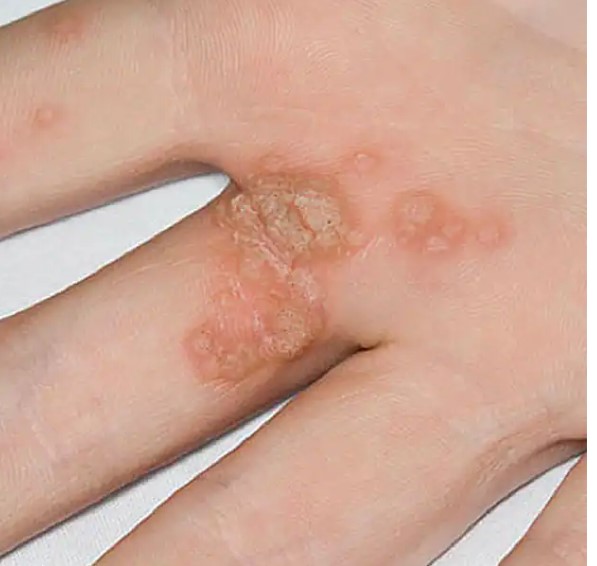Understanding HPV Symptoms, Testing, and Prevention Strategies to Combat the Most Common Sexually Transmitted Infection in the United States

In the United States, Human papillomavirus (HPV) is the most prevalent sexually transmitted infection (STI). A recent report by the Centers for Disease Control and Prevention (CDC) estimates that a staggering 42.5 million Americans are infected with HPV, with 13 million newly infected cases recorded in 2020 alone. HPV infections are a cause of concern as some of its strains can lead to cervical cancer and other types of cancer. It is worth noting that many strains of HPV do not manifest any symptoms, making it challenging to detect without proper testing.
Healthcare practitioners are advocating for regular HPV testing to detect asymptomatic infections early. Christine Greves, MD, an OB-GYN at the center for obstetrics and gynecology at Orlando Health in Florida, states that it is essential to get tested for HPV regularly to detect symptomless strains in time.
Nonetheless, some non-cancerous strains of HPV may cause warts to develop in different parts of the body. The warts can appear on the genitals, anus, mouth, throat, hands, or feet. The warts on the genitals are sexually transmitted and can appear as flat lesions, small cauliflower-like bumps, or tiny stem-like protrusions. On the other hand, warts on the hands and feet cannot be transmitted sexually. However, low-risk strains of HPV that cause warts do not cause cancer. Contrarily, high-risk strains of HPV that do not cause symptoms can lead to cervical cancer, among other types of cancer.
While an HPV infection is prevalent, most individuals’ immune system can fight it off, preventing the development of symptoms or health conditions. According to the National Cancer Institute (NCI), HPV types 6 and 11 mostly cause warts from non-cancerous HPV infection, which are rare and non-harmful. On the other hand, HPV types 16 and 18 account for the majority of HPV-related cancers.
Cervical cancer may take several years to develop after an HPV infection, says the NCI. Regular testing can detect HPV early, and the virus can be treated before it causes cancer. The Pap smear test is used to test for cervical cancer by analyzing cells from the cervix for any cancerous or pre-cancerous cells. However, this test cannot detect HPV, which is why healthcare providers recommend an HPV test in addition to a Pap smear to show whether a person has high-risk HPV and is at risk for developing cancer.
The U.S. Preventative Services Taskforce (USPTF) recommends that individuals with cervixes between 21 and 65 should undergo a Pap smear at least every three years. Healthcare providers will then determine a specific plan for those with active HPV. Those aged between 30 to 65 should get a Pap smear every three years or opt for co-testing (Pap smear with HPV testing) every five years. However, people below the age of 21, above 65 years of age, or who have had their cervix surgically removed should not be tested for HPV.
Unfortunately, there is no known cure for HPV. If the Pap smear results are abnormal, healthcare providers will carry out further testing and may remove the precancerous cells from the cervix. Topical medications are also available to treat other health problems associated with HPV, such as warts.
The HPV vaccine is an effective way to protect against some strains of HPV. The CDC recommends that people of all sexes should get vaccinated by the age of 11 or 12. However, the vaccine can be administered as early as nine years old. Individuals who haven’t been vaccinated and are 26 years old or younger are encouraged to get the vaccine. People between the ages of 27 and 45 can also speak to their healthcare provider about receiving the vaccine, as it may still provide some protection against certain strains of HPV.
Aside from vaccination, practicing safe sex can also help reduce the risk of HPV transmission. Using condoms during sexual activity can lower the risk of contracting HPV, although it does not provide complete protection since HPV can be transmitted through skin-to-skin contact.
It’s important to note that HPV can still be transmitted even when there are no visible symptoms or warts. That’s why it’s essential to get regular check-ups and follow-up appointments with healthcare providers.
Additionally, it’s crucial to maintain a healthy lifestyle, which includes eating a balanced diet, exercising regularly, and avoiding smoking. Smoking has been linked to an increased risk of cervical cancer, and it can also weaken the immune system, making it harder to fight off HPV infections.


